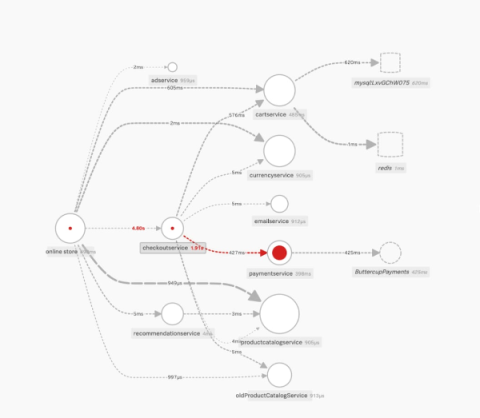Active vs. Passive Monitoring: What's The Difference?
Today, it’s perfectly normal for businesses to continuously monitor software applications and IT infrastructure to ensure uninterrupted customer service. Active and passive monitoring are the two popular methods enterprises use for infrastructure and application performance monitoring (APM). As the names indicate, these two approaches to monitoring are very different.










